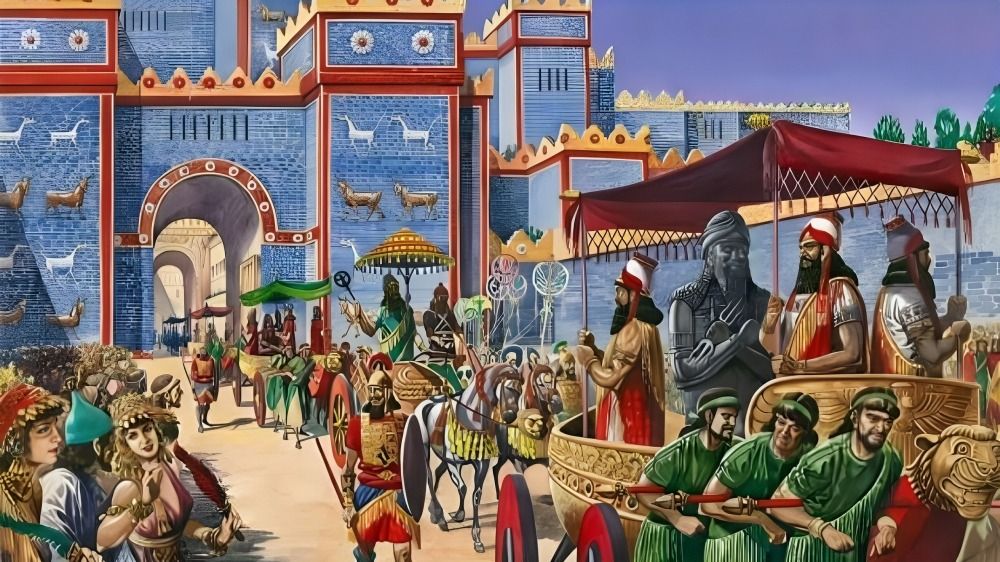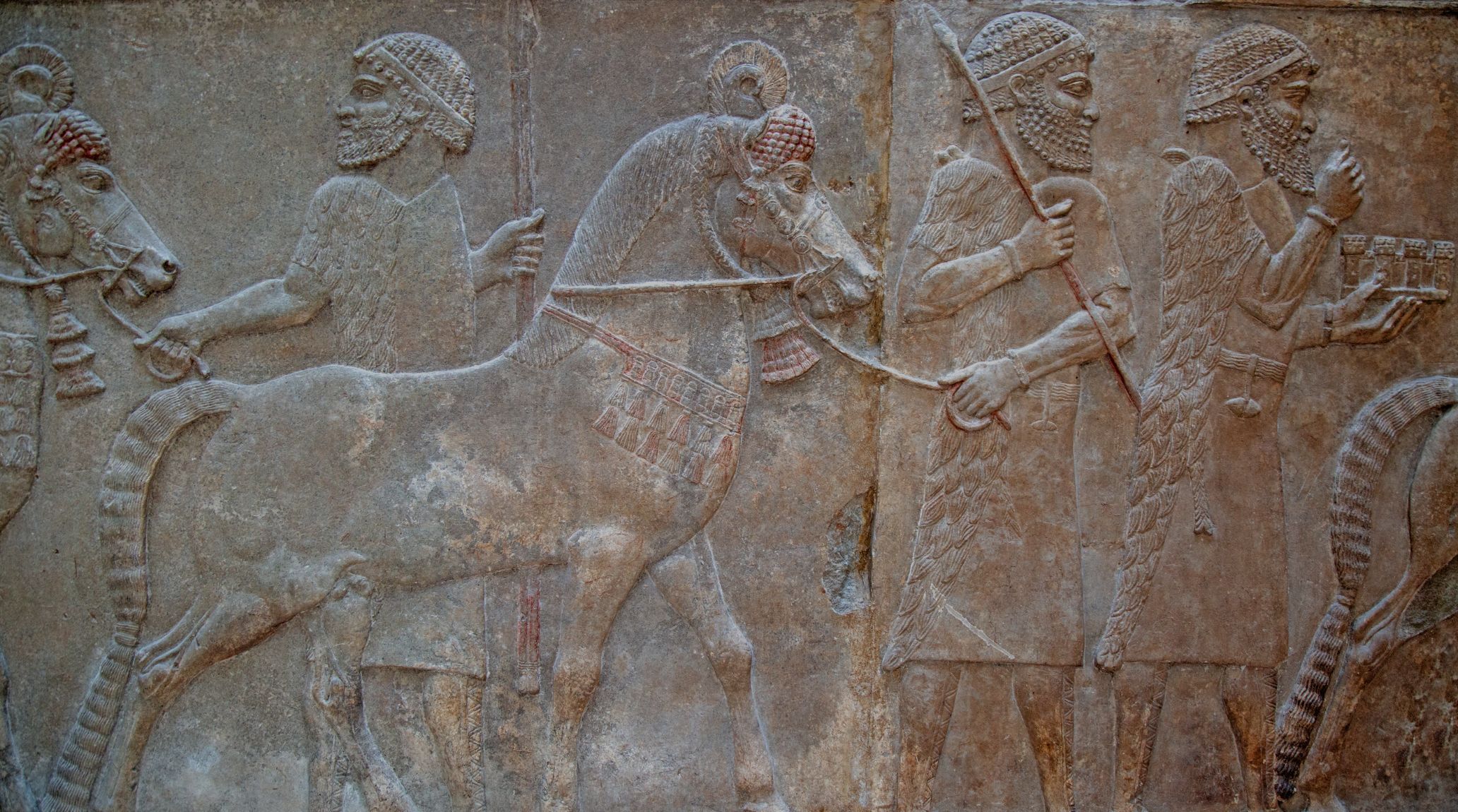
“
Mesopotamian agriculture was key to one of the earliest civilizations. This blog explores 20 fascinating facts about how ancient Mesopotamians developed innovative farming techniques to support their society. 1
1
1
1
”
Mesopotamia, often called the "Cradle of Civilization," saw the earliest known examples of large-scale farming around 10,000 years ago. This led to the development of permanent settlements and was a cornerstone for civilization in the region.1
Mesopotamians pioneered irrigation systems to channel water from the Tigris and Euphrates rivers to their crops. These systems, using canals, dikes, and reservoirs, allowed them to farm in otherwise arid environments.2
The Mesopotamians invented the first known plow, which revolutionized farming by making soil preparation more efficient. This early version, drawn by oxen, allowed them to cultivate larger areas of land, significantly boosting agricultural productivity.3
To maintain soil fertility, Mesopotamian farmers used a basic form of crop rotation, alternating fields for cultivation and allowing some to lie fallow. This practice helped sustain their agriculture and ensured continuous food production over the years.4
Mesopotamian farmers regularly maintained their irrigation canals to prevent silting and blockages. The upkeep of these canals was critical for consistent water flow, ensuring that fields were adequately irrigated, especially during dry periods.5
Barley was the most important crop in Mesopotamian agriculture, as it was well-suited to the region's climate. It was used to make bread and beer, serving as a dietary staple for much of the population.6
The Sumerians, one of Mesopotamia's earliest civilizations, advanced agricultural practices by improving irrigation techniques and creating specialized farming tools. Their innovations laid the foundation for future Mesopotamian farming success.7
Mesopotamian farmers used natural fertilizers, such as manure and silt from river floods, to enrich their soil. This practice helped replenish essential nutrients in the soil, allowing for continued agricultural output in a nutrient-poor environment.8
Ancient Mesopotamian rulers implemented laws to regulate water usage and land ownership. These laws helped prevent disputes over irrigation. rights and ensured that farmland was properly maintained, promoting agricultural stability.9
Mesopotamians constructed levees along river banks to control floods. These embankments helped protect fields from excessive flooding, ensuring crops were not destroyed during the rainy season and preserving fertile land.10
Mesopotamian farmers were among the first to practice beekeeping, harvesting honey for food and medicine. Bees also played a role in pollination, indirectly supporting the productivity of their agricultural systems.11
The proximity to the Tigris and Euphrates rivers not only supported irrigation but also provided a steady supply of fish. Mesopotamian farmers combined agriculture with fishing, ensuring a varied food supply year-round.12
Mesopotamians used simple but effective tools like sickles, hoes, and digging sticks for farming. These tools were often made from wood, bone, and stone, but later advancements introduced metal tools that improved efficiency.13

Mesopotamians celebrated agricultural festivals, such as the "Akitu" festival, which marked the beginning of the harvest season. These festivals were religious and believed to secure the gods' favor for abundant crops.
To combat unpredictable floods, Mesopotamian engineers built dikes to control water flow and protect farmland. This innovation helped prevent crop loss during high-water events, maintaining agricultural productivity throughout the year.14
Mesopotamians invented the earliest known form of vertical farming, growing crops in multi-layered gardens to maximize space and water use in their limited urban areas, a technique that predated modern vertical farming by millennia.15
The ancient city of Uruk had a complex system of public granaries. These granaries stored surplus grain and were managed by officials to ensure food security and prevent famine in times of drought or war.16
Mesopotamian farmers created the first known irrigation timers, using primitive water clocks to manage the flow of water in their fields, ensuring that crops received consistent moisture without manual oversight.17
They practiced advanced soil conservation techniques, including the use of crushed shells and sand to prevent erosion and maintain soil fertility, a method surprisingly modern in its application for ancient times.18
The Babylonians are believed to have developed the earliest known agricultural survey system, using detailed land surveys to plan and optimize irrigation layouts, significantly increasing the efficiency of their farming practices.19


